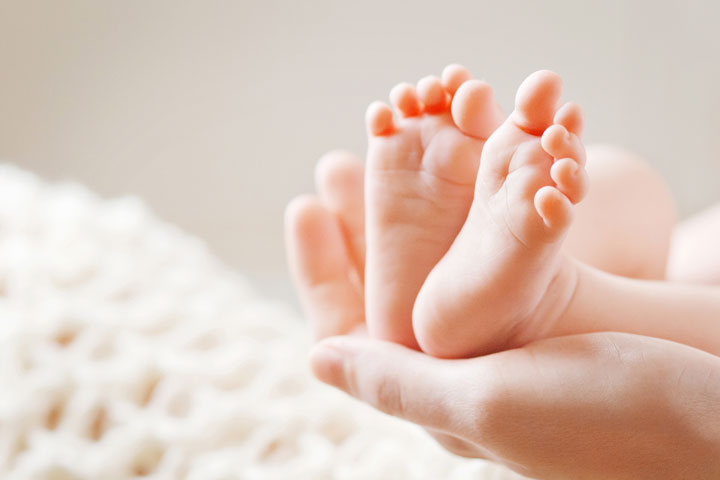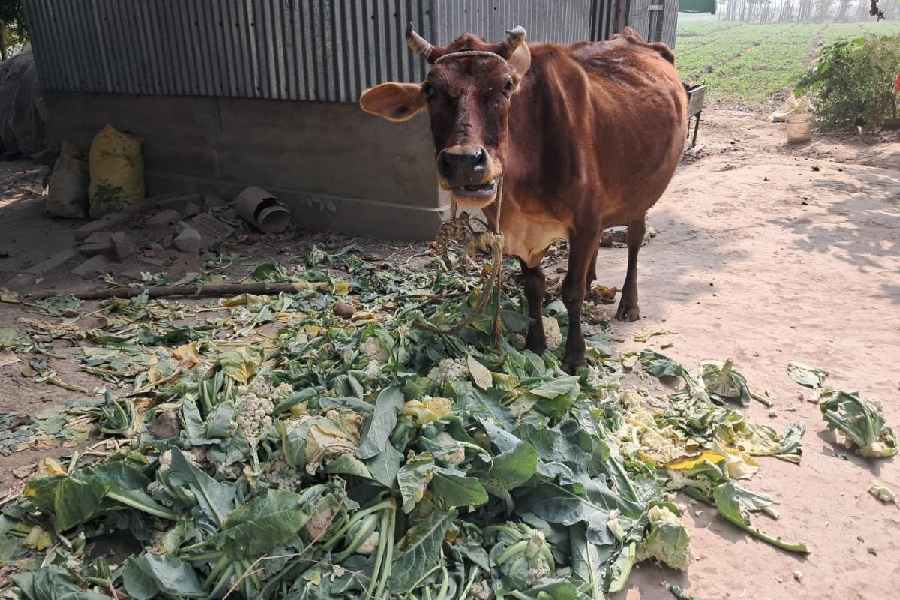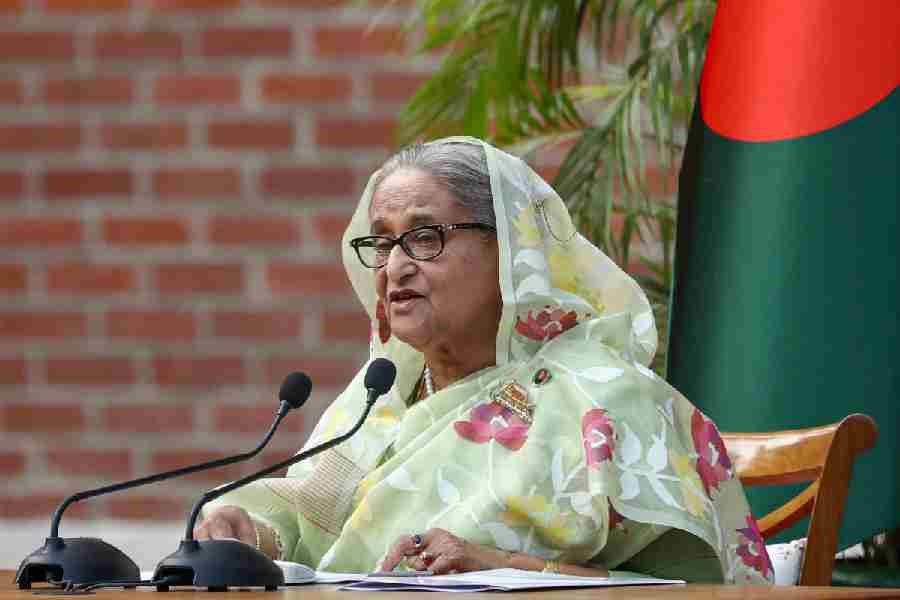The number of babies born in China last year fell to a nearly six-decade low, exacerbating a looming demographic crisis that is set to reshape the world’s most populous nation and threaten its economic vitality.
About 14.6 million babies were born in China in 2019, according to the National Bureau of Statistics. That was a nearly 4 per cent fall from the previous year, and the lowest official number of births in China since 1961, the last year of a widespread famine in which millions of people starved to death. That year, only 11.8 million babies were born.
Births in China have now fallen for three years in a row. They had risen slightly in 2016, a year after the government ended its one-child policy and allowed couples to have two children, a shift that officials hoped would drive a sustained increase in the number of newborns. But that has not materialised.
Experts say the slowdown is rooted in several trends, including the rise of women in the work force who are educated and don’t see marriage as necessary to achieving financial security, at least for themselves. For Chinese couples, many cannot afford to have children as living costs increase and their jobs demand more time and energy. And attitudes have shifted.
“It’s a society where nobody wants to get married and people can’t afford to have children,” said Wang Feng, a professor of sociology at the University of California, Irvine. “On a deeper level, you would have to think about what kind of society China will become, not just demographically, but socially.”
While many countries are struggling with low fertility rates and aging populations, these issues are even more pressing in China, because the country’s underdeveloped social safety net means that most older adults rely heavily on their families to pay for health care, retirement and other expenses.
The birthrate in China fell to 10.48 per thousand last year, the lowest since the founding of the People’s Republic in 1949, a decline that has important implications for the country’s economy and labour pool. If birthrates continue to fall while life expectancy increases, there will not be enough young people to support the economy and the elderly, the fastest-growing segment of the population.











